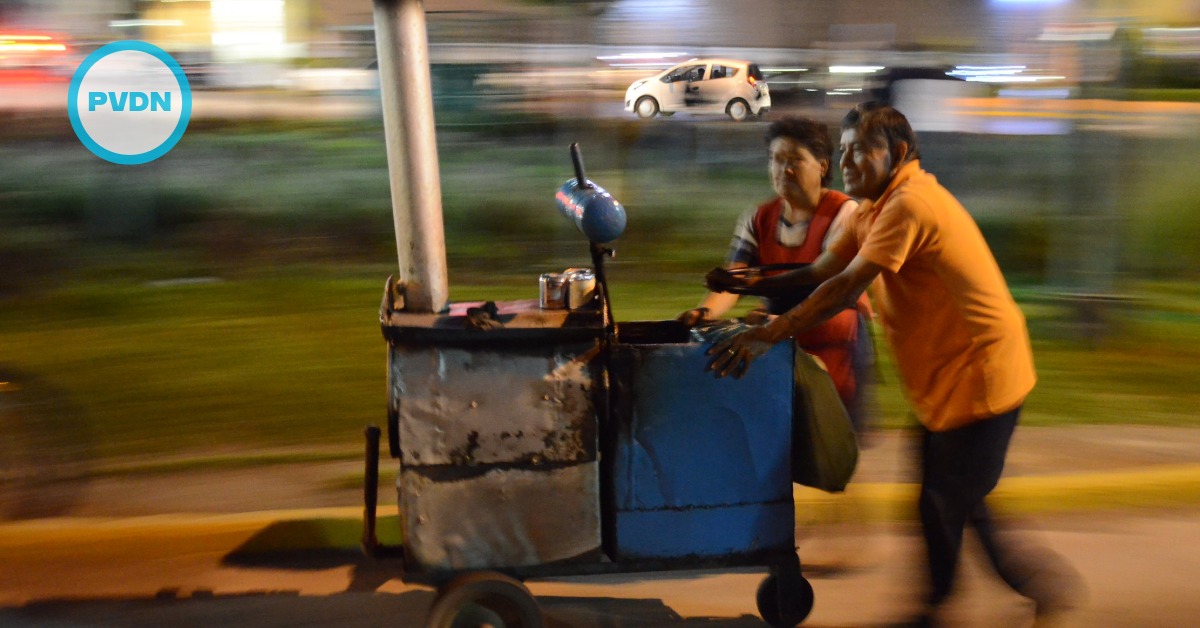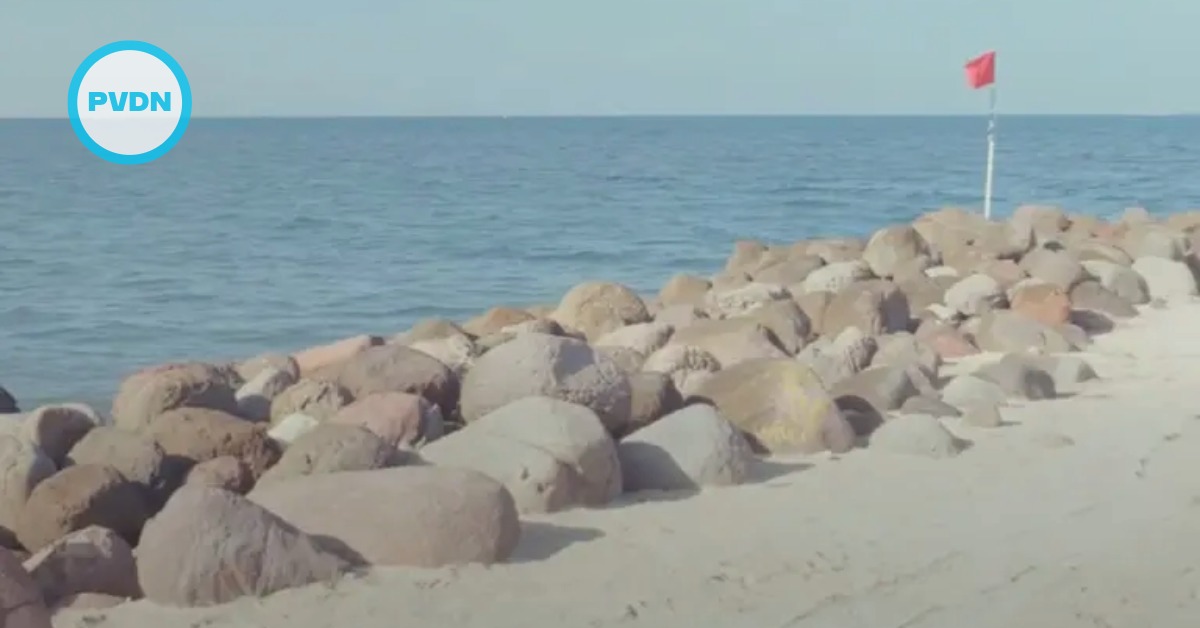When I moved to Mexico I arrived by air, so for the first while, I relied upon Puerto Vallarta buses, taxis and my feet to get around. Riding public transit can be a drag, hence the reason that so many young people yearn to have their own vehicle. There is a freedom to driving that simply doesn’t happen when riding a bus or train. If you look carefully, however, riding a common everyday city bus can be magical.
I’m cheap. (At least, that is what my son has told me time and time again.) So, although Vallartense taxis . . .





